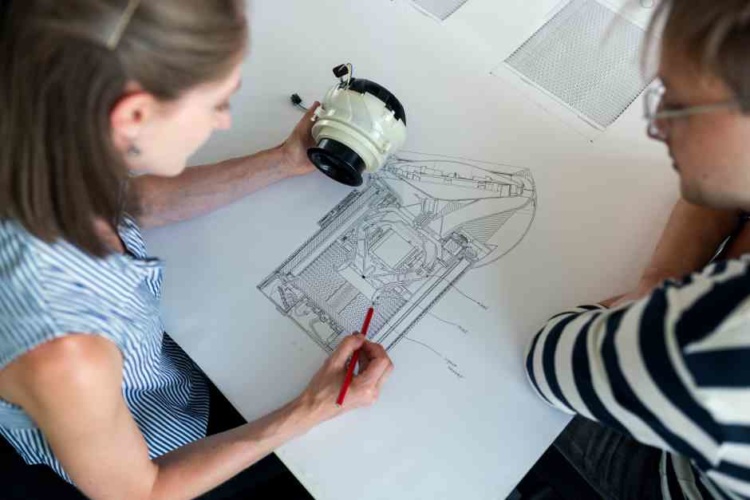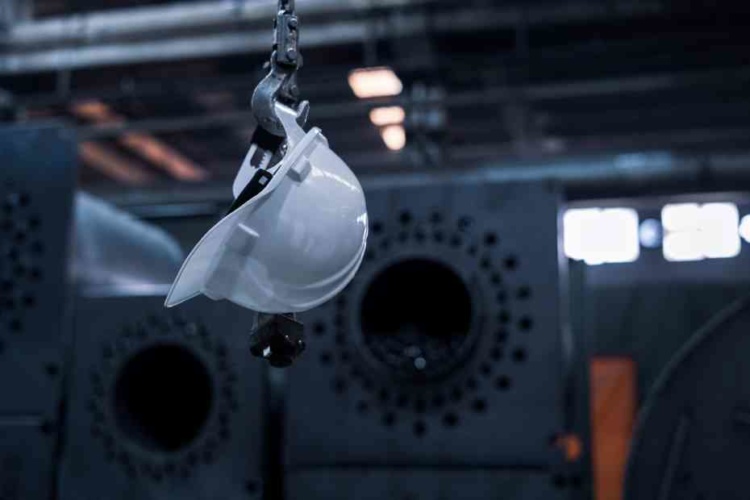COVID-19: The curveball that will reinvent the wheel
There can be no doubt, 2020 threw us a curveball. And whilst the ability to adapt may be hardcoded in an engineer’s DNA, the impact of the global pandemic has pushed us all harder and faster towards a radically different future.
The Engineer teamed up with leading digital manufacturing simulation software provider, aPriori, to conduct a readership survey on the effects of COVID-19 in the UK industrial engineering sector. The response was unprecedented, offering fascinating insights into the state of our industrial nation, and our shared industrial future.
Was change overdue?
Five months after its initial landfall in the West, COVID-19 has reconfigured the future of industrial engineering. Analysts have been quick to turn a spotlight on the pain, but what of the opportunity? Will we look back in a decade’s time and find we arrived at our desired destination faster than we had initially anticipated? Did COVID-19 push a button for industry that was long overdue?
The last decade has seen incredible progress in digital twin simulation, yet 47% of respondents stated they were not yet actively using modern manufacturing and simulation software in their design process
Much of the survey data was sobering, but not unexpected, with over 60% reporting loss of revenue and over 50%, disruption to the supply chain. Output has, unsurprisingly, also been significantly affected, with over 50% experiencing staff furloughs in their organisations, and over 28% reporting product launches that were either delayed, or cancelled altogether. Whether, in hindsight, this will be characterized as a temporary stalling, or a permanent backwards step, will depend on how far businesses are prepared to restructure and reinvent, and how fast.
Necessity is the mother of reinvention
The ability to adapt to a crisis or major shift has always been crucial, not only for survival, but also leadership. Yet our data showed that whilst 72% of respondents recognised the importance of consistent product margins for their future survival, 61% were still forging ahead with current product plans and had not considered re-evaluating new product initiatives in response to the changing market conditions. In addition, less than half, 42%, reported that they were actively working or getting started on process improvements to accelerate new products to market in the wake of the pandemic. With younger, more agile manufacturers starting to rise to the top before the pandemic, ‘business as usual’ could well prove a perilous approach.

Doing more, with less
The COVID-19 landscape is littered with a combination of fresh challenges, including furloughs and disrupted production lines, and the more familiar foes of shorter production schedules and tightened budgets. 41% of those surveyed stated they were trying to ‘do more with less’. So where are the opportunities to tune up and get back on the right side of the curve?
The survey results held up a mirror to an existing shift, that has seen some legacy manufacturers lose their competitive edge and start to lag behind their start-up counterparts, due to late adoption of more advanced digital practices. The last decade has seen incredible progress in digital twin simulation, yet 47% of respondents stated they were not yet actively using modern manufacturing and simulation software in their design process. The technology has long been readily available to plug in, and uptake was already on the rise long before the pandemic hit, particularly amongst new manufacturers. It’s clear it has an important role to play in the sector’s recovery, and companies based on strong digital foundations will likely be better positioned to respond, adapt and grow going forward. The pandemic may well expedite an even broader take up of digital simulation technology, which could help to limit long-term casualties, and be a welcome positive outcome for our sector and our position in the wider global economy.
Case study: Alstom saves 40% on supplier costs wirg aPriori
With 9 different global suppliers providing 900,000 small components at a recurring cost of £9m, global transportation equipment manufacturer, Alstom, needed to investigate the opportunities for improving efficiency and reducing cost in their production processes. Waiting for accurate external supplier quotes is not always feasible on a tight production schedule, with customers and suppliers alike struggling to find the time to cost small components more realistically. But it all adds up.
Watch our short video to learn how implementing a ‘should-cost’ strategy using aPriori helped Alstom reduce their supplier costs by 40%. www.apriori.com/customers
We need to talk
Remote working and communication have proven key to keeping heads above water for the short term. Interdepartmental communication can be a common stumbling block in industrial design and engineering, but some firms faced additional hurdles as the pandemic hit home, due to a preference for purely on-premise collaboration. And with many sites largely shut down, it’s no surprise that 36% of respondents reported problems communicating with colleagues and 27% had difficulty accessing systems and share files. Firms with strong and established digital infrastructure may have a shorter road to recovery, if their digital technology set enables and supports virtual collaboration for remote workers.

Time will reveal our losses, but also our learnings. For legacy manufacturers and start-ups alike, it’s clear that across the sector, the key to drive growth and maintain a competitive edge lies, not only in creating strategies to survive the present, but in leveraging the opportunities to thrive in the future. The time is now. The 20/21 industrial landscape might take a very different shape to what we were expecting, but it may well be leaner, faster and full of new faces.
Explore the possible
Get 2020 back on track with aPriori
2020 has been the ultimate wake-up call. With smaller teams, tighter budgets and pressure to make up for lost time, it’s never been more important to find new ways of achieving more with less.
Now is the time to accelerate your digital transformation and build a more resilient product innovation process that can withstand unexpected economic shocks.
Your position on tomorrow’s innovation curve will depend on how you drive your business today. aPriori software improves efficiency by utilizing real-time digital manufacturing simulation, design guidance and cost visibility to help you overcome supply chain disruptions and restart new product innovation programmes.
Working together on the Digital Manufacturing Thread
aPriori helps teams to work faster, smarter, and, most importantly, together, by bringing product design closer to the production line, enabling collaboration between engineering, sourcing, suppliers and cost engineering teams. This is made possible by leveraging the digital twin to create a Digital Manufacturing Thread, connecting product design to production, to help companies accelerate time to market and reduce product costs.
The future is a Digital Factory
So how does it work? By integrating with your existing CAD / PLM environment, aPriori simulates real-life manufacturing capabilities as Digital Factories, providing accurate insights to leverage the existing digital twin, to help you collaborate efficiently right across the product development process. Working with real data in real time enables faster, more accurate and informed design decisions. This in turn increasing increases efficiency and prevents expensive changes further down the line. Higher value products, at lower cost, in less time.
Learn how to do more, with less, and get 2020 back on track at aPriori.com




About:Energy tasked with McMurtry battery challenge
Zero reason to own an EV that has blistering performance if it can't travel more than a few miles before needing a recharge. I saw the McMurty EV run...